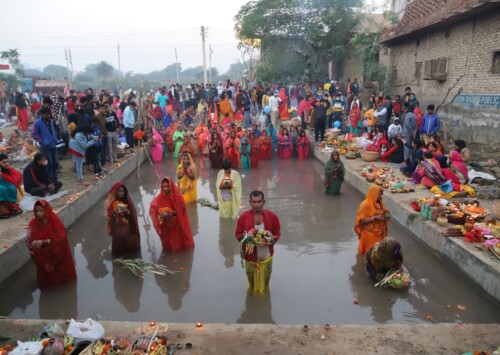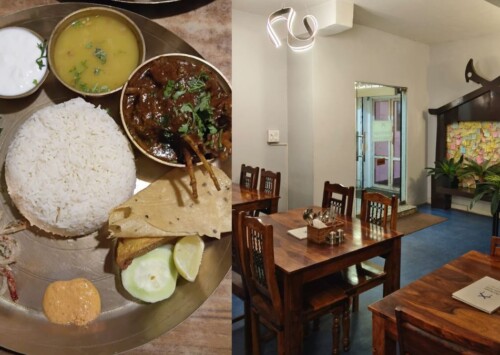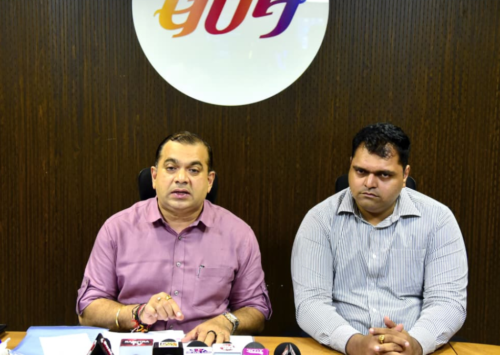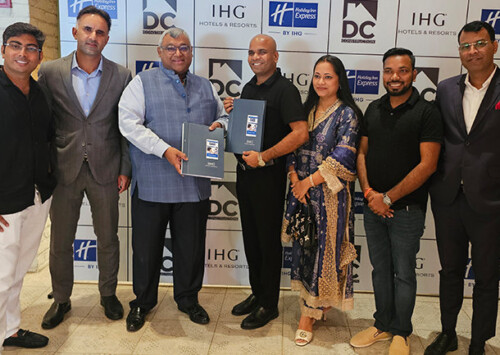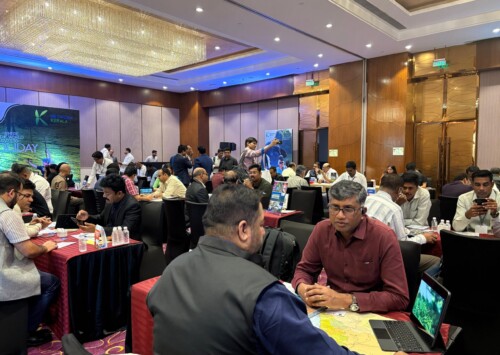Missing placement cells in Kashmir universities undermine job prospects for students
Universities blame companies for poor turnout at campus placements
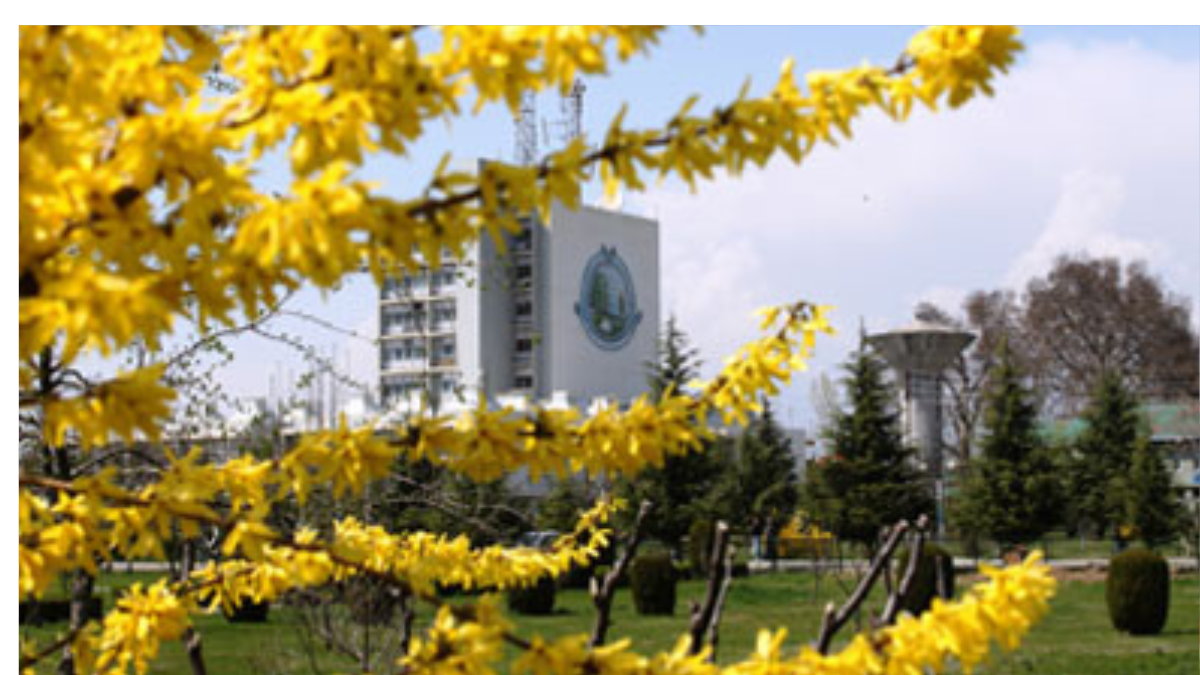
According to the National Institutional Ranking Framework (NIRF) 2024, only 538 postgraduate students were placed out of over 6,200 enrolled in the University of Kashmir (Photo: University of Kashmir)
Thousands of graduates in Kashmir leave university each year full of hope, only to face rising unemployment and disappointment. But with few placement cells, internships, or industry links, most are left to navigate the job market alone, often without securing stable employment.

According to the National Institutional Ranking Framework (NIRF) 2024, only 538 postgraduate students were placed out of over 6,200 enrolled in the University of Kashmir (Photo: University of Kashmir)
In recent years, a worrying trend has emerged in most university departments across Kashmir that are struggling to fill postgraduate seats. If this persists, some faculties could be forced to shut down. In 2023, at the University of Kashmir’s main campus in Hazratbal, Srinagar, 124 postgraduate seats were unfilled out of around 2,500, including self-financed places. Smaller campuses faced even steeper challenges, for instance, at the Institute of Technology in Zakura, 45 out of 101 places remained vacant, the North Kashmir campus left 32 of 290 seats empty, while the South Kashmir campus fared the worst, with 111 unfilled out of 472 across various courses.
This decline reflects students’ growing lack of faith in local institutions. While universities such as Kashmir University, the Islamic University of Science and Technology (IUST), and the Central University of Kashmir, Ganderbal (CUK) offer dozens of courses, few provide clear pathways into work.
According to the National Institutional Ranking Framework (NIRF) 2024, only 538 postgraduate students were placed out of over 6,200 enrolled in the University of Kashmir. At the undergraduate level, just 133 students secured jobs.
Official government data paints an even starker picture. Periodic Labour Force Survey (PLFS) 2021-2022 showed that Jammu and Kashmir’s youth unemployment as the highest in India, with nearly half or 46.3 pc of educated young people without work. In urban areas, the rate was 32 pc, and among women, even higher at 53.6 pc.
The high unemployment, particularly for educated youth and women, is attributed to a lack of private sector growth, stagnant industrial growth, and declining government recruitment in the region.
The students blame the lack of employment opportunities on the absence of effective placement cells in the universities, and many say they never received career counselling, internship connections, or interview preparation as part of their courses.
“The university did not provide any placement support or career guidance throughout the course, the only exception was the mandatory internship that every student must complete as part of the curriculum. Beyond that, there was little to no structured support to help students prepare for or connect with career opportunities,” Shahista Mustaq, a 28-year-old research scholar in the Department of EMMRC at the University of Kashmir Hazratbal campus, tells Media India Group.
“No active effort was provided by the university to inform or connect students with industries, internships, or any kind of job opportunities during or after the course,” she adds.
Mushtaq is not the only student unhappy with the way the university handled placements and counselling for jobs.
“Imagine investing nearly 24 years of your life in education, only to realise that your institution offers no pathway to transform that hard-earned knowledge into meaningful employment, to be fair, the institution itself is still in its infancy, gradually building its systems and networks, yet this gap is not unique to our university alone even many of the so-called top universities in the country struggle to provide structured internship and placement opportunities,” Aayat Nisar, a 25 years old, a research scholar in department of Mass Communication at Central University Of Kashmir tells Media India group.
For students in the region, career insecurity is compounded by cultural expectations as government jobs are still seen as the peak of job security and respectability. Parents steer children towards medicine, engineering, or civil service, but few stop to consider alternatives in the private sector.
But as there are few government vacancies, competition is fierce and repeated scandals over selection examinations have further eroded confidence. This forces most of the students to look for jobs in the private sector, in Kashmir or outside, but here without assistance from their alma mater, the students are lost. Some say that the universities are just not serious about the importance of placement cells and career counselling.
“Our university is not working practically. It seems they only want to keep the roll alive by admitting students every year. We hardly get any practical work related to our studies on campus, so placement support or career guidance is a faraway thing. By the time we complete our courses, we are left to search for opportunities on our own,” Rayees Ramzan, a 27-year-old Post Graduate pass out from MERC department, at University of Kashmir, tells Media India Group.
“When it was time for us to go for an internship at the University, we had no choice but to search on our own. Many of us even had to pay fees to complete the internship required for our courses. It would be a real blessing if universities offered proper help in arranging internships for students, but this is not happening, especially in Kashmir. Our system is lacking the kind of support that universities outside provide to their students,” Rayees adds.
“I studied at the University of Kashmir in the media department, which offers a professional course. However, unlike universities such as Jamia Millia Islamia, IIMC, or Delhi University, where media organisations visit at the end of the master’s program to recruit students for various positions, our university only conducts guidance sessions. These sessions alone are not enough unless they are followed by real placement opportunities. The university should collaborate with media organisations to ensure students don’t have to struggle or worry about their future, but unfortunately, that is not the case,” says Ilhak Tantary, a 26-year-old pass-out student from the department of Mass Communication, University of Kashmir.
Fortunately, for students, not all universities perform equally poorly. Islamic University of Science and Technology (IUST), located in Awantipora, in the Pulwama district of Jammu and Kashmir, has made strides in building a serious placement network. Its Centre for Career Counselling and Placements regularly arranges internships, workshops, and industry tie-ups. Several regional and national companies have recruited students in recent years and some graduates have secured salaries of up to INR 1.2 million annually. The facilities are appreciated by the students.
“Institutions like IUST and the National Institute of Technology (NIT) Srinagar, located in Srinagar, Jammu and Kashmir, have established placement cells that actively bring in recruiters and provide career guidance however, the majority of other universities and colleges in Kashmir lack structured placement support. Very few opportunities are circulated, and when they are, they tend to be limited to formal announcements without real follow-up or mentorship,” Hilal Ahmad, a 27-year-old civil services aspirant, from Anantnag, Jammu and Kashmir, tells Media India Group.
Some of the universities say they are trying to get the placements going but complain about the limited number of companies that show interest in campus recruitments.
For instance, in its placement drive in 2022, the Central University of Kashmir, located in Ganderbal district of Jammu and Kashmir, succeeded in placing 24 students in various companies, with roles ranging from technical and design jobs to teaching and research positions. The following year saw only two students placed, and in 2024, the number dropped further, to just a solitary placement. The placement drive in 2025 reported 14 students placed in diverse roles.
University officials say that these placements reflect their consistent efforts to connect students with career opportunities across multiple sectors.
“Due to the limited number of companies participating in our placement drives, the number of students placed this year appears lower than expected. However, we have a strong pool of talented students who have successfully secured positions in reputed organisations independently, demonstrating the quality and potential of our graduates,” says an official of the Central University of Kashmir, anonymously.
Students find better placement services in the rest of India
In many parts of India, universities have developed strong placement cells that actively support students in securing internships and jobs. These cells organize workshops, seminars, and career counselling sessions, equipping students with vital skills for the job market.
Collaborations between educational institutions and industry leaders have created strong internship pipelines, offering real-world experience that complements academic learning. Students often receive personalised guidance on resume building, interview preparation, and networking strategies, significantly enhancing their employability.
The integration of these resources from the early stages of the course ensures continuous engagement with recruiters and better placement opportunities upon graduation.
“My university provided placement support and career guidance from the very beginning of the course and we were regularly informed about internships, workshops and opportunities through the placement cell. They even guided us in preparing for interviews and connecting with recruiters,” says Fayzan Ahmad Bhat, 23 years old, alumnus of Delhi University’s College of Arts and Commerce, who studied finance at the university.
“That effort paid off when I was placed in Wipro straight after graduation as a financial analyst,” adds Fayzan.
As unemployment worsens in the valley, students say reforms can no longer be delayed. Establishing strong placement cells, collaborating with industries, and providing real internship pipelines would better bridge classroom learning and the world of work.

